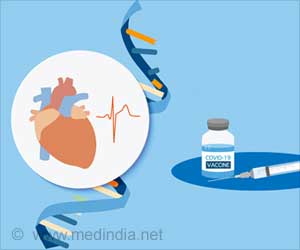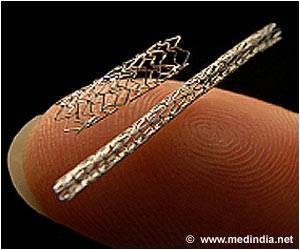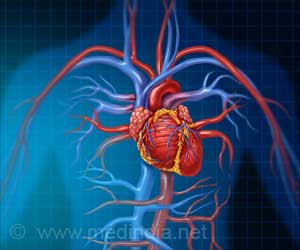Researchers have revealed that a brain-preserving cooling treatment called therapeutic hypothermia is a cost-effective way to improve outcomes after out-of-hospital cardiac arrest.
Researchers have revealed that a brain-preserving cooling treatment called therapeutic hypothermia is a cost-effective way to improve outcomes after out-of-hospital cardiac arrest. The latter claims the lives of more than 300,000 people each year in the United States and leaves thousands of others neurologically devastated.
The treatment, which lowers body temperature to prevent damage to the brain and other major organs when blood flow is restored to the body following cardiac arrest, is considered a “good value” when compared to many other accepted and widely utilized medical treatments, including dialysis for kidney failure or complex heart surgeries, according to new University of Pennsylvania School of Medicine research published this week in Circulation: Cardiovascular Quality and Outcomes."Having already established that hypothermia improves neurological outcomes after cardiac arrest, we now know that the therapy is also a good use of health care resources," says lead author Raina M. Merchant, MD, MS, an emergency physician and Robert Wood Johnson Clinical Scholar at Penn Medicine. "We hope our findings will help more hospitals and insurers to adopt cooling protocols and help more survivors return to productive lives."Despite national recommendations established in 2005 calling for out-of-hospital cardiac arrest patients to be treated with hypothermia when they remain comatose after resuscitation, many hospitals still don't offer the intervention. Among barriers to its use: Concerns about its cost, and difficulty coordinating the interdisciplinary resources and staff needed to employ the treatment. Merchant and her colleagues used a complex mathematical design to measure quality-adjusted survival after cardiac arrest, cost of hypothermia equipment and treatment, and cost of post-hospital discharge care. Factors affecting costs included additional nursing care required during cooling treatment, extra time spent in the intensive care unit and post-discharge care required. They found that hypothermia has a cost of less than $100,000 per quality-adjusted life year (QALY), a measurement designed to illustrate the gains in both extra years of life and quality of life from a particular treatment.
Previous research has shown that about six out-of-hospital cardiac arrest patients need to be treated with hypothermia in order for one additional patient to be discharged without the brain damage that characterizes many survivors. Even when the authors of the new study adjusted their model to increase the proportion of neurologically impaired survivors in the group who received hypothermia, results still showed favorable cost-effectiveness estimates for hypothermia.
The findings also revealed that hypothermia treatment is actually less expensive than other interventions that have been implemented to treat cardiac arrest across the United States, including widespread CPR and defibrillation training for the public. In addition, the new research is among few studies to examine the costs of caring for patients who survive cardiac arrest with neurological deficits – a tremendous burden for the health care system and family caregivers.
"There are very few treatments for cardiac arrest victims, and hypothermia stands out as the only therapy which can improve neurologic survival," Merchant says. "Hospitals and physicians should promote rapid adoption of this treatment for patients, and cost should not be considered a barrier to use."
RAS
 MEDINDIA
MEDINDIA




 Email
Email










